Read my article with Keane Bhatt on Truthout or here on garalperovitz.com.
And find out how to host a community screening of my new film, The Next American Revolution or organize a reading group around What Then Must We Do? here.
The richest 400 Americans now own more wealth than the bottom 180 million taken together. The political system is in deadlock. Social and economic pain continue to grow. Environmental devastation and global warming present growing challenges. Is there any path toward a more democratic, equal and ecologically sustainable society? What can one person do?
In fact, there is a great deal one person working with others can do. Experiments across the country already focus on concrete actions that point toward a larger vision of long-term systemic change – especially the development of alternative economic institutions. Practical problem-solving activities on Main Streets across the country have begun to lay down the elements and principles of what might one day become the direction of a new system – one centered around building egalitarian wealth, nurturing democracy and community life, avoiding climate catastrophe and fostering liberty through greater economic security and free time.
Margaret Mead famously observed: “Never doubt that a small group of thoughtful, committed citizens can change the world; indeed, it’s the only thing that ever has.” Some of the ten steps described below may be too big for one person to take on in isolation, but many are exactly the right size for a small and thoughtful group committed to building a new economy, restoring democracy and displacing corporate power.
As the history of the civil rights movement, women’s movement, and gay-liberation movement ought to remind us, it’s precisely actions of this sort at the local level that have triggered the seismic shifts of progressive change in American history…. Read more »
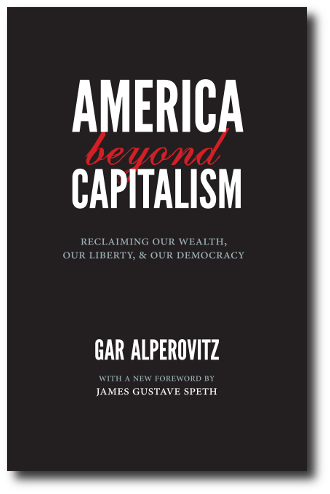 AMERICA BEYOND CAPITALISM
AMERICA BEYOND CAPITALISM

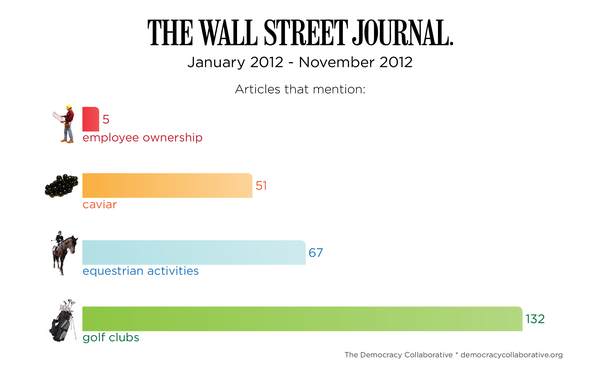
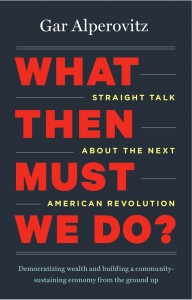

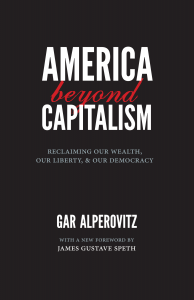
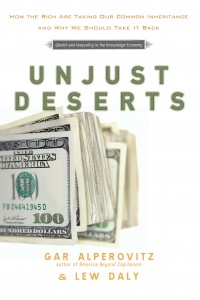
 Agenda
Agenda  Posterboard
Posterboard 